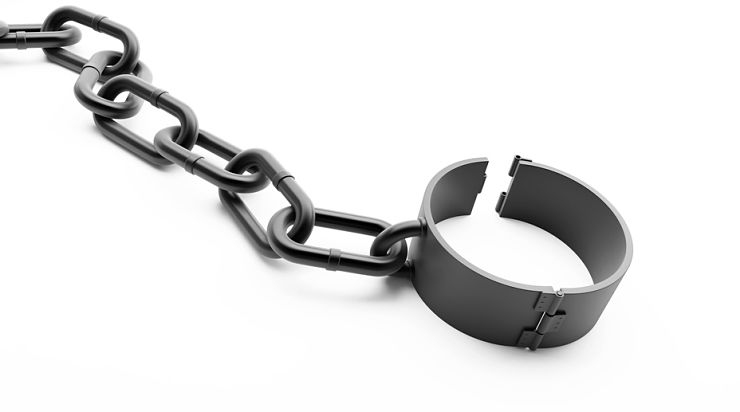 Discharging the student loans of a truck driver who lived in his employer’s truck or in a homeless shelter, the bankruptcy court found that repaying $37,000 in student loans from 20 years ago would be an undue hardship.
Discharging the student loans of a truck driver who lived in his employer’s truck or in a homeless shelter, the bankruptcy court found that repaying $37,000 in student loans from 20 years ago would be an undue hardship.
Good call, but why does the decision excite?
Student loans do get discharged in bankruptcy, sometimes. This is not the first.
The legal test for undue hardship, applied by bankruptcy courts, is harsh and many courts seem to have enhanced the harshness by requiring that the debtor be destitute and utterly without hope of improvement.
I’ve often told clients that you need to be an unemployed paraplegic before some courts will permit the discharge of student loans. It’s an exaggeration, but not by much.
So what’s new about the victory of Michael Abney over the U.S. Department of Education? It’s the practicality of the judge in assessing the life prospects of the borrower. And the factors that the judge used to measure those prospects.
This result stands out from the pack in that the debtor was healthy, middle aged and working.
After paying child support for two children, and working as much overtime as the law allowed, he had about $1100 a month for his living expenses. Not enough money to pay rent, buy or operate a car. Even in Missouri.
Nonetheless, our Department of Education wanted a slice.
Judge Federman said no, for reasons that resonate with me.
IBR not a bar to discharge
Even though the loans in question were eligible for IBR treatment, which would base the monthly payment on his student loans on his income, and result in no current payment, the judge found that IBR didn’t carry much weight in his decision.
The tax consequences of the IBR program didn’t help the government’s case.
In IBR, the interest continues to run and to increase the balance of the loan, even though the borrower isn’t required to make payments. At the end of the repayment period, the balance is forgiven, but with a brutal tax consequence.
Forgiven debt is treated for tax purposes as if the forgiven amount was cash in your hand. It’s income, and taxable, unless you meet one of the exceptions.
The forgiveness of the unpaid balance of the student loan under IBR would saddle the debtor with a tax bill just as he reached the end of his working life.
Strike one against the Department of Education.
Retirement savings are necessary expense
The debtor’s retirement nest egg at the time of trial was $540 in a 401(k).
Judge Federman departed from the all-too-prevalent view of debtor-creditor relationships which put the interests of the creditor ahead of the debtor’s long term need to provide for his old age. Too often, retirement savings are seen as a discretionary item in a debtor’s budget.
Not so for this judge:
Repayment of the loans would effectively bar the Debtor from putting away anything meaningful for his later years.
I applaud this view of retirement savings as a necessity. May the idea spread among the judiciary.
Strike two against the Department of Education.
Debt debilitates
Even if IBR entitles the debtor to make no monthly payments, the mere existence of the debt adversely impacts the debtor’s life after bankruptcy.
Without a discharge in bankruptcy, the debt grows. It may limit the debtor from getting housing, employment, or transportation.
And, the judge noted, the stress of the situation impairs the debtor’s health.
Decades of mounting indebtedness, even with a zero or minimal payment amount, can impose a substantial emotional burden as well. Indeed, in the Debtor’s case, the evidence showed that he has already suffered emotionally from his ongoing debt
The objective and subjective impact of debt that can’t be repaid is real and significant.
Strike three against the Department of Education
What this means
Judge Federman has added his voice to the quiet chorus of judges revisiting the discharge of student loan debt.
It’s important to note that the 8th Circuit, where Judge Federman sits, uses the “totality of the circumstances” test to measure undue hardship. Most other circuits use the more rigid and unforgiving Brunner test.
Judge Pappas of the 9th BAP wrote a powerful concurrence in Roth arguing the the Brunner test for undue hardship is a relic of a different legal world and was no longer credible in a world where student loans are virtually non dischargeable. Roth decision.
Judge Wedoff, soon to retire from the bankruptcy bench, has said that his mission in retirement would be to displace the Brunner test.
We cheer them on.
Hat tip to Morgan King who pointed me to the Abney decision.
Image: Fotolia





